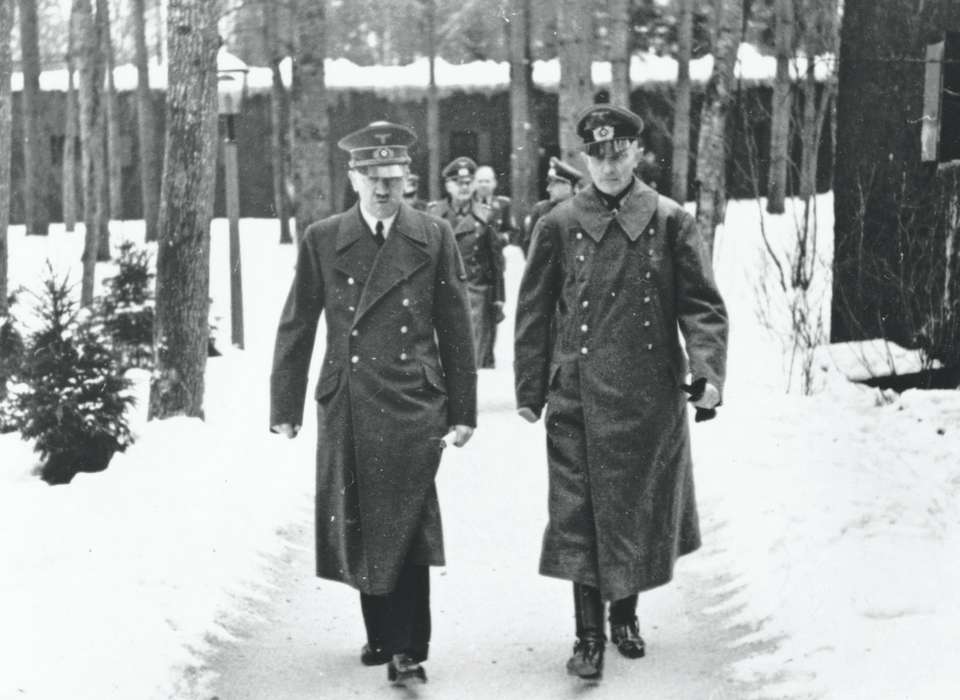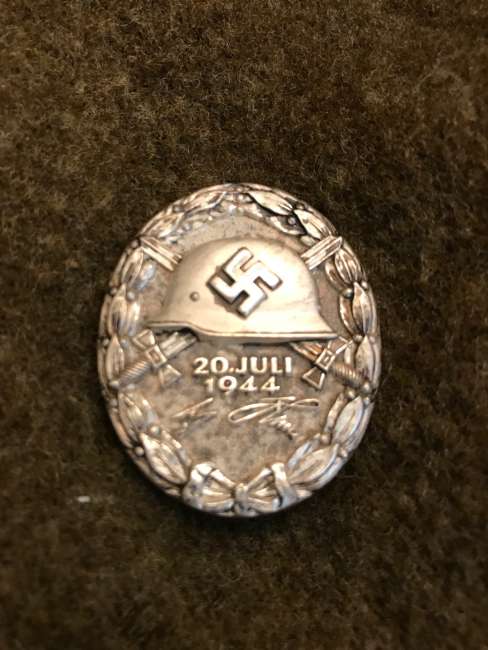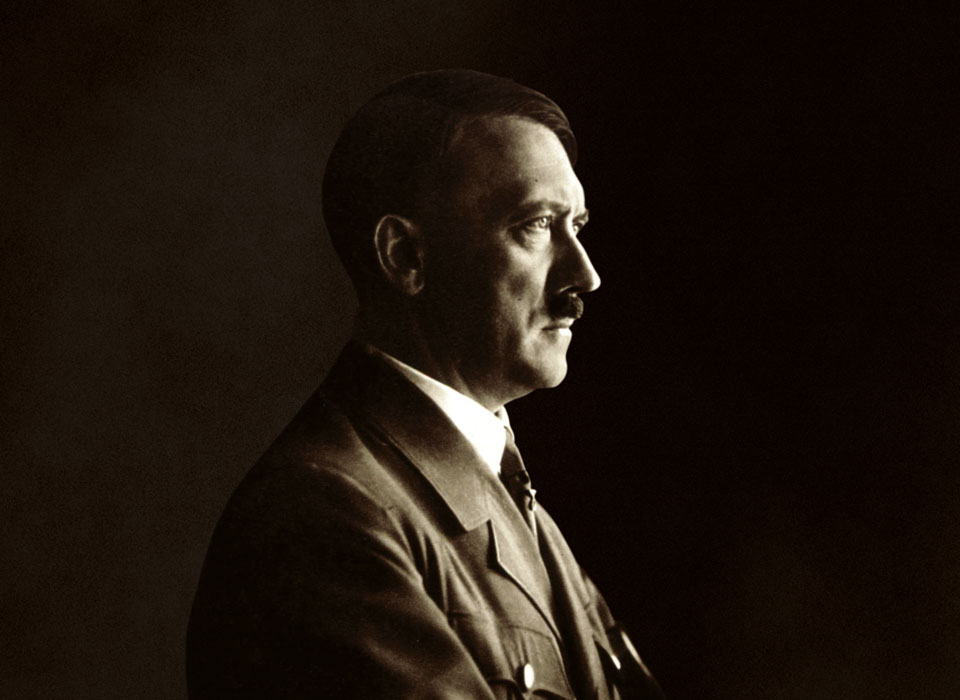The great philosopher of war, Karl von Clausewitz, coined the term: "Friction," he wrote, is "the concept that differentiates actual war from war on paper," those surprising things that happen during wartime that make “even the simplest thing difficult."
With that in mind, let us travel back to a fateful day: July 20, 1944. The noon staff meeting is underway in the Wolf's Lair, Adolf Hitler’s wartime headquarters in East Prussia. They are all gathered here: Hitler, officers of the Armed Forces High Command, the Luftwaffe chief of staff, General Günther Korten, aides and advisors of every stripe. Twenty-four men, most of them standing around the giant oaken map table in the center.
As Hitler listens to a situation report on the Eastern Front, a 25th man enters the room. Nothing to see here: officers come and go all the time during these endless meetings. Some of the participants notice this one, though. Colonel Claus von Stauffenberg is a war hero, with the wounds to match. You can tick off the dues he's paid by looking at him—left eye missing, right hand, two fingers on the left. Stauffenberg stays for a moment, then excuses himself. He leaves his briefcase under the map table and exits. Another aide, Colonel Heinz Brandt, steps up to take his place.
And then it happens. A blinding explosion. Smoke and flame everywhere. The table blown sky-high. Blood, body parts, screaming.
"Clausewitz was right."
Robert M. Citino
Stauffenberg has placed an explosive device, a one-kilo block of plastic explosive, in his briefcase. A bomb that size going off in an enclosed room will do a great deal of damage, and this one definitely has. Stauffenberg is certain that Hitler is dead. He drives off, bluffs his way past a couple of checkpoints on the way to the airfield, and is on board a Heinkel He-111 aircraft by 1:00 p.m., flying to Berlin.
He doesn’t know it, but in true Clausewitzian style, just enough little things have already gone wrong to unhinge the plan for Operation Valkyrie, the plot to kill Hitler. Staff meetings at the Wolf’s Lair usually take place in a concrete bunker, but the sweltering July heat has moved this one to the main hall, a much larger room. Stauffenberg's blast has blown out the walls, windows, and doors, but the damage is nowhere near what it would have been in an enclosed bunker. Likewise, just after Stauffenberg leaves his briefcase, Colonel Brandt apparently nudges it behind one of the table legs, muffling the explosion just a bit. Finally, the plan had originally called for two bombs. Setting the complex chemical fuses is tricky work for a man with one hand, however, and Stauffenberg only has time to prepare one.
For these reasons, only three of the 24 men in the room are killed, and none of them is named Adolf Hitler. General Korten is dead. So too is Colonel Brandt, along with a civilian stenographer. Hitler has burst eardrums and other wounds, but he is alive. Within 12 hours, Stauffenberg himself will be dead, executed just after midnight by an improvised firing squad in the courtyard of an army office building, the grisly deed illuminated by truck headlights.
In a global conflict of exploding bombs and shells—tens of millions of them on land, sea, and in the air—setting one off in Hitler's headquarters might seem like the simplest thing in the world. But Clausewitz was right: in war, "even the simplest thing is difficult."
This column was originally published in the May/June 2017 issue of World War II magazine.
Robert Citino, PhD
Robert Citino, PhD, is the former Samuel Zemurray Stone Senior Historian in the Jenny Craig Institute for the Study of War and Democracy.
Cite this article:
MLA Citation:
APA Citation:
Chicago Style Citation:







![Max Fuchs, New York City cantor, sings as Rabbi Sydney [sic] Lefkowitz, Richmond, VA, conducts the first Jewish services from Germany.](/sites/default/files/styles/max_650x650/public/2025-10/image1.jpg)



